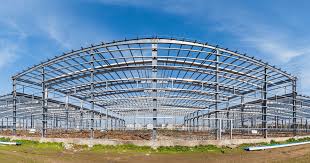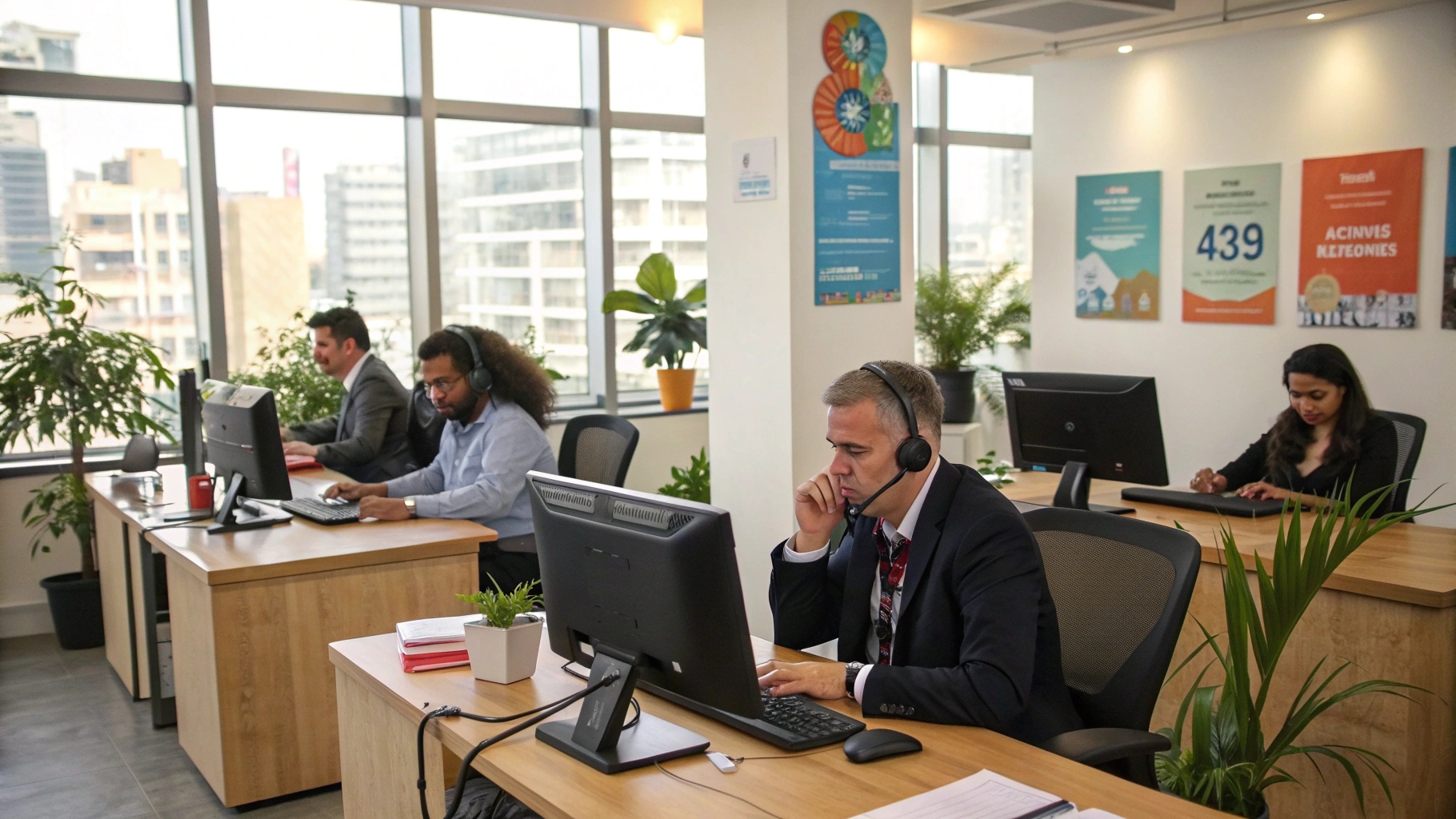Keeping your aircraft safe and airworthy is every pilot’s responsibility. Whether you’re a seasoned flyer or just starting out, having the right fixed wing repair kits can make all the difference. From outback strips to busy city airports, being prepared with essential tools and parts ensures you can handle minor maintenance confidently while staying compliant with CASA regulations.
This guide explores everything from kit essentials and regulations to preventive maintenance, cost planning, and when to call in the professionals.
Understanding Fixed-Wing Aircraft Basics
Unlike helicopters, fixed-wing aircraft rely on forward motion and stationary wings to generate lift. This simplicity means fewer moving parts and generally easier maintenance.
Australia’s skies host everything from small Cessnas to twin-engine workhorses, each with unique maintenance needs. Understanding your aircraft type helps you customise your fixed wing repair kit for maximum efficiency and safety.

Essential Components of Fixed Wing Repair Kits
A repair kit acts as your aircraft’s first aid box—rarely used, but indispensable when needed. Every pilot should carry essentials such as:
- High-quality aviation tape
- Spare control cable hardware and safety wire
- AN bolts, nuts, and washers
- Tyre repair tools and valve cores
- Electrical parts like fuses and connectors
Tools to Include
- Spanners (metric and imperial)
- Screwdrivers (flat and Phillips)
- Needle-nose pliers and wire cutters
- Safety wire pliers
Useful Consumables
- Sandpaper (various grades)
- Rags, paper towels, and cleaning solvents
- Thread-locking compounds
- Electrical contact cleaner
- Cable ties in multiple sizes
Customise your kit for your environment—remote area pilots may need fabric patches, while composite aircraft owners require specialised repair materials.
CASA Regulations: What Pilots Can and Can’t Do
Staying compliant with CASA rules is critical. According to CASR Part 91:
- Pilots may perform certain preventive tasks, such as replacing safety wiring, tyres, or servicing batteries.
- Any repair impacting the aircraft’s airworthiness certificate requires a licensed engineer (LAME).
Key Takeaways
- Consult the CASA Part 91 plain English guide for clarity.
- Keep up to date with CASA’s AIP for regulatory changes.
- Document all work accurately to remain compliant.
Staying informed protects your licence, your aircraft, and your passengers.
Building Your First Fixed Wing Repair Kit
Creating a repair kit doesn’t have to be expensive. Follow these steps:
- Choose the right storage – Use an aviation-grade toolbox or flight-approved bag.
- Stock your core tools – Spanners, screwdrivers, cutters, and pliers.
- Add consumables – Solvents, sandpaper, rags, adhesives, and cable ties.
- Maintain an inventory – Check expiry dates on adhesives and replace items as needed.
Quality matters more than quantity. Cheap tools often fail when you need them most, so invest in durable aviation-grade gear.
Common Repairs Pilots Can Handle
Many small maintenance tasks fall within pilot privileges and can be tackled with a fixed-wing repair kit:
- Replacing navigation light bulbs
- Tightening screws or cleaning spark plugs
- Checking and adjusting tyre pressure
- Cleaning and securing battery terminals
These simple jobs improve safety, reduce costs, and build familiarity with your aircraft.
Preventive Maintenance: Stop Problems Before They Start
Preventive maintenance saves money and improves safety. Go beyond the basic walk-around and check:
- Control surface hinges and landing gear attachments
- Engine mounts and high-stress points
- Corrosion-prone areas, especially near the coast
Seasonal Considerations
- Summer: Inspect cooling systems and use sun shields.
- Winter: Test heaters and de-icing equipment.
Record all findings in your maintenance log. Over time, patterns will highlight recurring issues before they become expensive repairs.
Advanced Repairs: Knowing Your Limits
Not all maintenance tasks are suitable for pilots. Advanced work, like composite repairs or sheet metal wor,k requires specific skills and training. Poorly executed repairs can compromise safety and legality.
When in doubt:
- Consult a licensed aircraft maintenance engineer (LAME).
- Use professional input to save money and avoid repeat fixes.
- Treat every interaction as a learning opportunity to expand your skills safely.
Recognising your limits isn’t weakness—it’s professionalism.
Budgeting for Fixed Wing Repair Kits
Building and maintaining your repair kit is an ongoing investment. Expect to spend $500–$1500 on a solid setup, depending on your aircraft type and needs.
Money-Saving Tips
- Buy consumables in bulk with fellow pilots.
- Join type clubs for maintenance advice and shared resources.
- Attend workshops and maintenance courses.
- Maintain detailed records to identify recurring problems promptly.
- Schedule preventive checks during low-flying seasons.

A smart rule of thumb is to allocate 10–15% of your annual flying budget to maintenance and unexpected repairs.
Taking Fixed Wing Maintenance to the Next Level
Investing in fixed wing repair kits transforms you from a passive pilot into an empowered, proactive aircraft owner. By combining the right tools, preventive care, and regulatory awareness, you’ll ensure safer flights and fewer disruptions.

